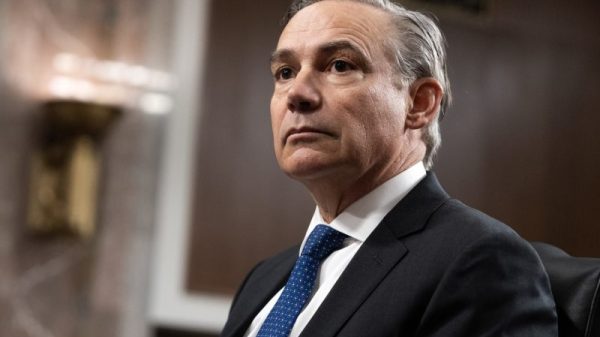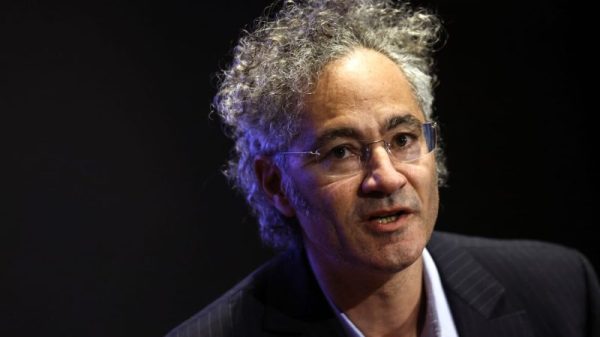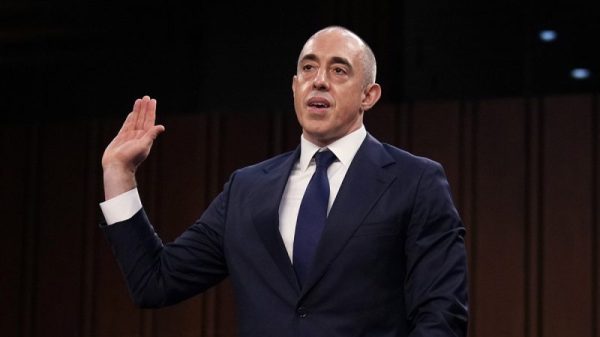Boeing posted its most encouraging quarterly performance since 2023, narrowing losses and stepping up jet deliveries even as it continues to recover from a regulatory crisis, a labour dispute, and persistent scrutiny over its safety and quality-control practices.
The planemaker’s net loss shrank by 58% from a year earlier, to $611 million, or 92 cents per share, in the quarter ended June.
Revenue jumped 35% to $22.7 billion, driven largely by a rebound in commercial jet deliveries, particularly the 737 MAX.
“Change takes time, but we’re starting to see a difference in our performance across the business,” CEO Kelly Ortberg said in a note to staff outlining improvements across Boeing’s businesses.
“If we continue to tackle the important work ahead of us and focus on safety, quality and stability, we can navigate the dynamic global environment and make 2025 our turnaround year,” he said.
However, while the share price was seen rising in pre-market trading, it fell by more than 1% on market open.
Despite lingering doubts about Boeing’s long-term trajectory, its shares have climbed over 36% this year.
737 production at regulatory ceiling as company eyes cash flow gains
Boeing delivered 150 commercial planes in the second quarter, including 206 737 MAX aircraft through the first half of the year.
The company is now producing 38 of the popular narrow-body jets per month — the maximum currently allowed by US aviation regulators.
That rate is critical for Boeing’s path back to consistent cash generation.
Free cash outflow stood at just $200 million, far better than Wall Street’s forecast of a $1.72 billion burn.
CEO Kelly Ortberg told employees the company won’t seek Federal Aviation Administration (FAA) approval to push output to 42 jets per month until internal metrics confirm readiness.
“We plan to seek FAA approval to increase to rate 42 when our key performance indicators (KPIs) show that we’re ready,” Ortberg added.
Defense wins and international deals strengthen outlook
A recent win to build the US Air Force’s next-generation jet fighter has lifted the outlook for Boeing’s defense, space and security division, which posted an operating profit of $110 million after a $913 million loss in the same period last year.
Trade pacts and recent jet orders from the European Union, the UK, and Indonesia have also bolstered confidence, as did Ortberg’s recent overhaul of top leadership roles in the finance and defense segments.
Profitability still elusive amid certification delays and labor unrest
Boeing hasn’t posted a full-year profit since 2018, and while the latest quarter reflects progress, several risks remain.
The union representing 3,200 defense workers in the St. Louis area has rejected a contract offer, potentially setting the stage for a strike that could slow Boeing’s military aircraft production.
While not as disruptive as last year’s 33,000-worker strike in the commercial unit, a defense division slowdown could imperil a fragile turnaround.
Meanwhile, certification of Boeing’s long-delayed 737 MAX 7 and MAX 10 models has been pushed into 2026 due to ongoing technical work on their anti-icing systems.
Still, Boeing increased production of its widebody 787 Dreamliner from five to seven jets a month at its South Carolina plant and logged 668 gross aircraft orders in the first half of the year — or 625 net of cancellations and conversions.
Investor sentiment improves but challenges persist
While Wall Street has grown more optimistic about Boeing’s recovery, the company continues to navigate a tightrope.
Its free cash performance and improved deliveries mark important milestones, yet any misstep — whether regulatory, operational, or labor-related — could derail fragile momentum.
The second-quarter adjusted core loss came in at $1.24 per share, well below the $2.90 loss reported a year earlier and ahead of analysts’ expectations for a $1.48 per-share loss.
Confidence boosted in Ortberg’s leadership
After years of lurching from one crisis to the next, Boeing is finally showing signs of stability under CEO Kelly Ortberg’s leadership.
The change in tone is notable for Boeing, which had seen a string of CEOs struggle to meet delivery targets, aircraft certifications, financial milestones, and much-needed cultural reforms — all while ceding ground to rival Airbus.
“The general agreement is that the culture is changing after decades of self-inflicted knife wounds,” said Richard Aboulafia, managing director at AeroDynamic Advisory, an aerospace consulting firm in a CNBC report.
“When he got the job, I was not anywhere as near as optimistic as today,” said Douglas Harned, senior aerospace and defense analyst at Bernstein.
Boeing now faces the task of maintaining production stability, advancing aircraft certifications, and averting labor disruptions — all while working to restore its reputation after years of safety lapses and leadership turbulence.
The post Boeing trims losses and lifts output in strongest quarter since 2023 but shares fall appeared first on Invezz


































